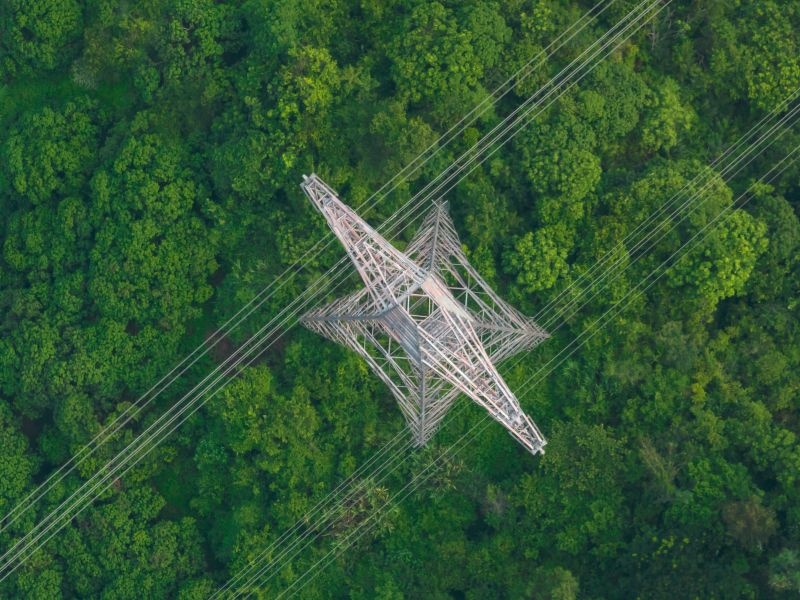Brownfield sites are places that already have energy infrastructure present but are inoperative or soon to be shut down. Examples include coal-fired electricity generators. Brownfield development often requires decommissioning, the assumption of environmental liabilities, and potentially redressing past infrastructure development inequities. Since brownfield sites have unique development challenges, how could they compete with greenfield opportunities in the clean energy transition?
Brownfield Competitive Advantages
The solution can be found in two competitive advantages related to brownfield project sites.
Existing Grid Connections and Transmission Access: Most brownfield sites were once operational power plants and thus are already connected to the grid. This infrastructure advantage significantly reduces lead times and costs associated with new project interconnections, offering a faster path to revenue generation.
Land Suitable for Electrical Power Development: Having land that is already suited for power development and often located in strategic areas for energy distribution makes brownfield sites attractive for renewable energy and energy storage projects.
Companies that own retiring generators now see the potential for a second life in energy storage and renewable generation. Because transmission access already exists, storage projects on brownfield sites realize faster construction schedules and shorter times to first revenue.

Brownfield renewable development is partly motivated by slow-moving interconnection queues. Over 4,000 greenfield renewable energy projects have been proposed in deregulated jurisdictions in the US. Each of these projects requires an analysis of the transmission impact by the independent system operator (ISO). Such an analysis determines which upgrades are required for a new project, the capital allocation, and precise forecasting for clean energy project development.
Interconnection queues are so backlogged that there is only a small chance of a new project — one that is not currently in the queue — making it through in a reasonable timeframe. Even the most speculative projects will not likely give up their spot in line unless they are forced to by some form of interconnection queue reform.
Brownfield projects with existing grid connections bypass backlogged queues and ultimately provide quicker time to value. This means higher returns for investors and developers.
But insufficient data and analytics — focused on investment and capital productivity — present a barrier to rapid brownfield development. Orennia’s platform resolves this uncertainty.
At Orennia, we’ve compiled retiring capacity data so investors looking for development sites have a head start. Our platform allows investors and developers to determine the revenue opportunity at these brownfield sites, and whether they are more profitable for storage, solar or wind projects. These elements help our clients gain a competitive advantage in bidding for valuable development sites.
How are you evaluating brownfield opportunities? Contact our team to learn how you can get ahead.
Newsletter Signup
Data-driven insights delivered to your inbox.